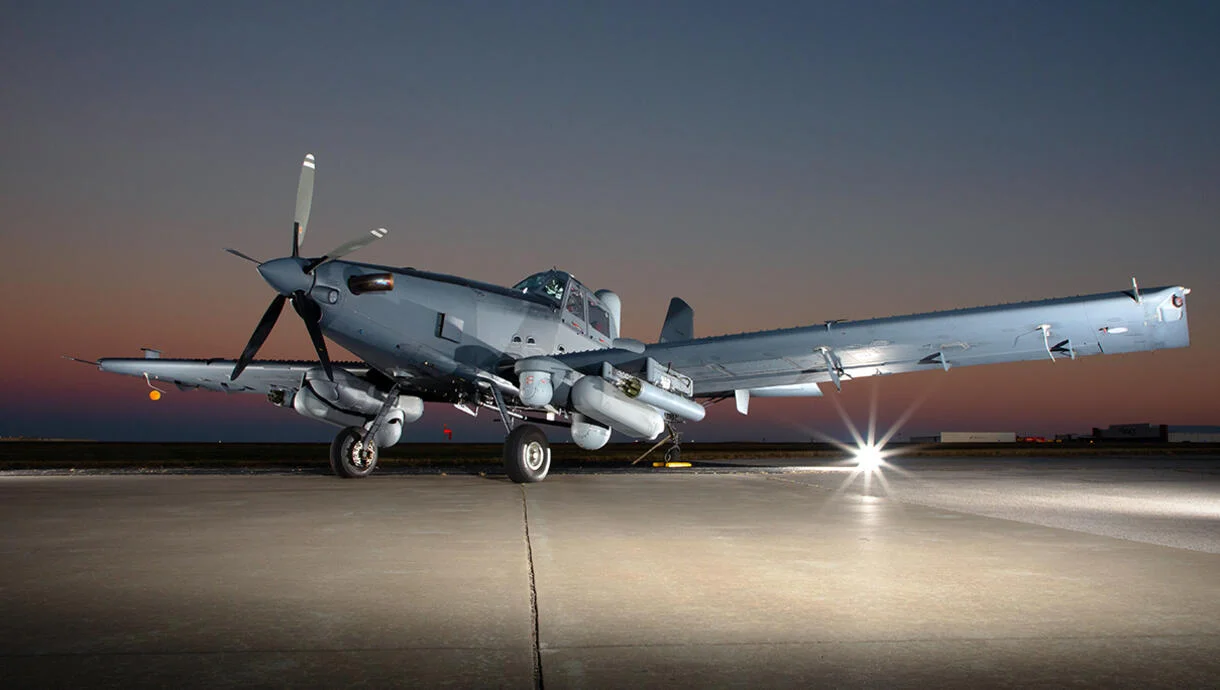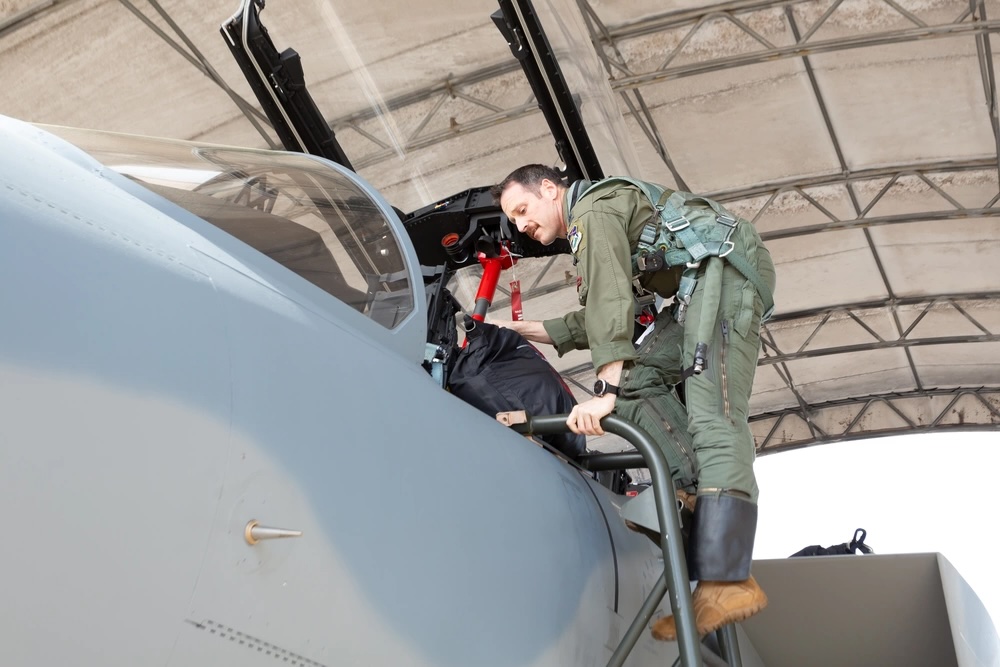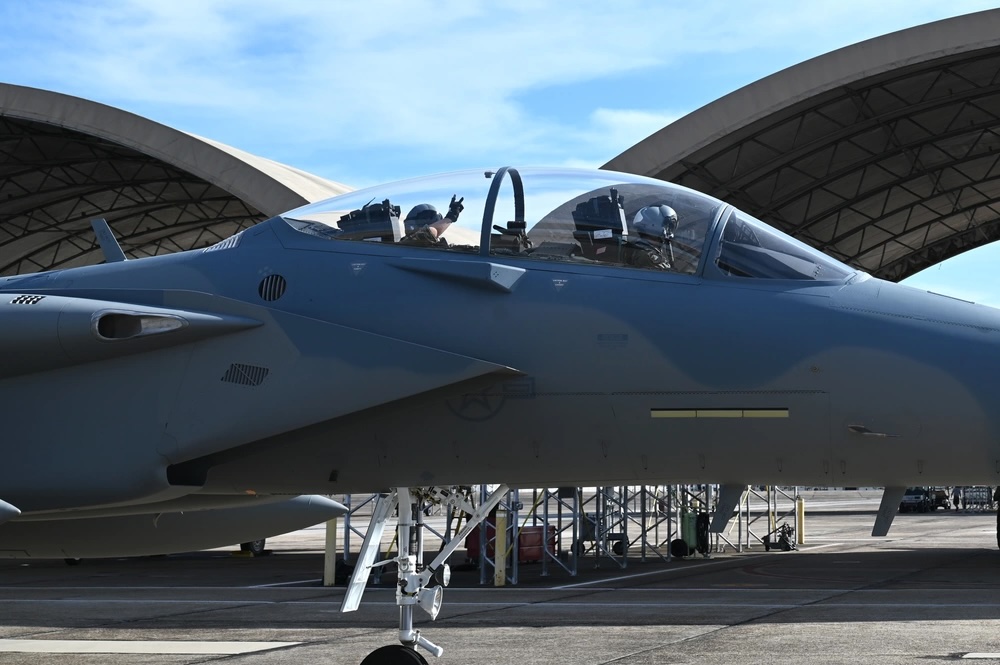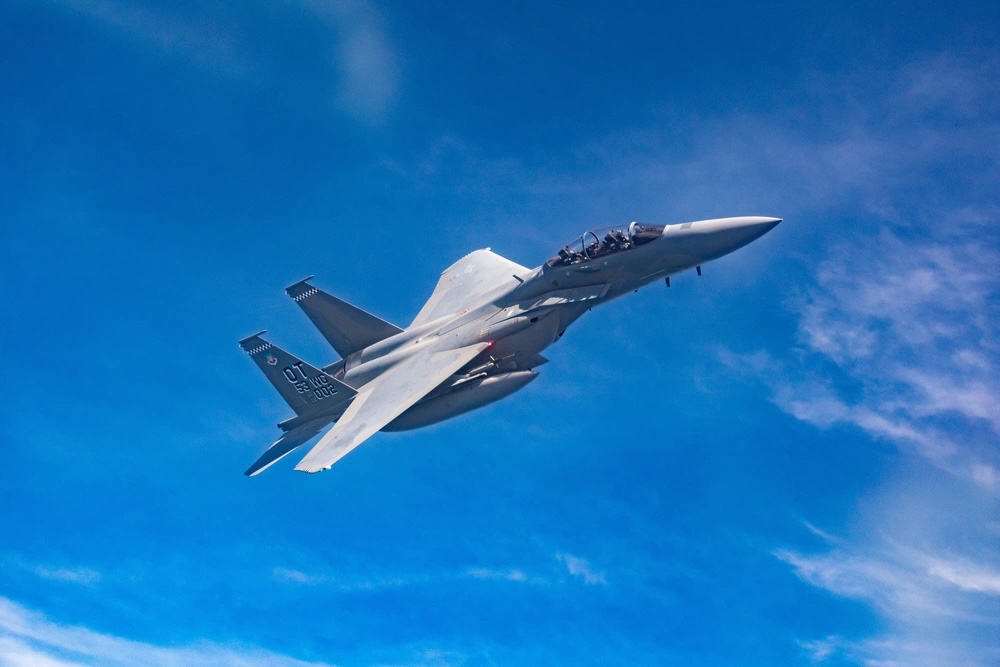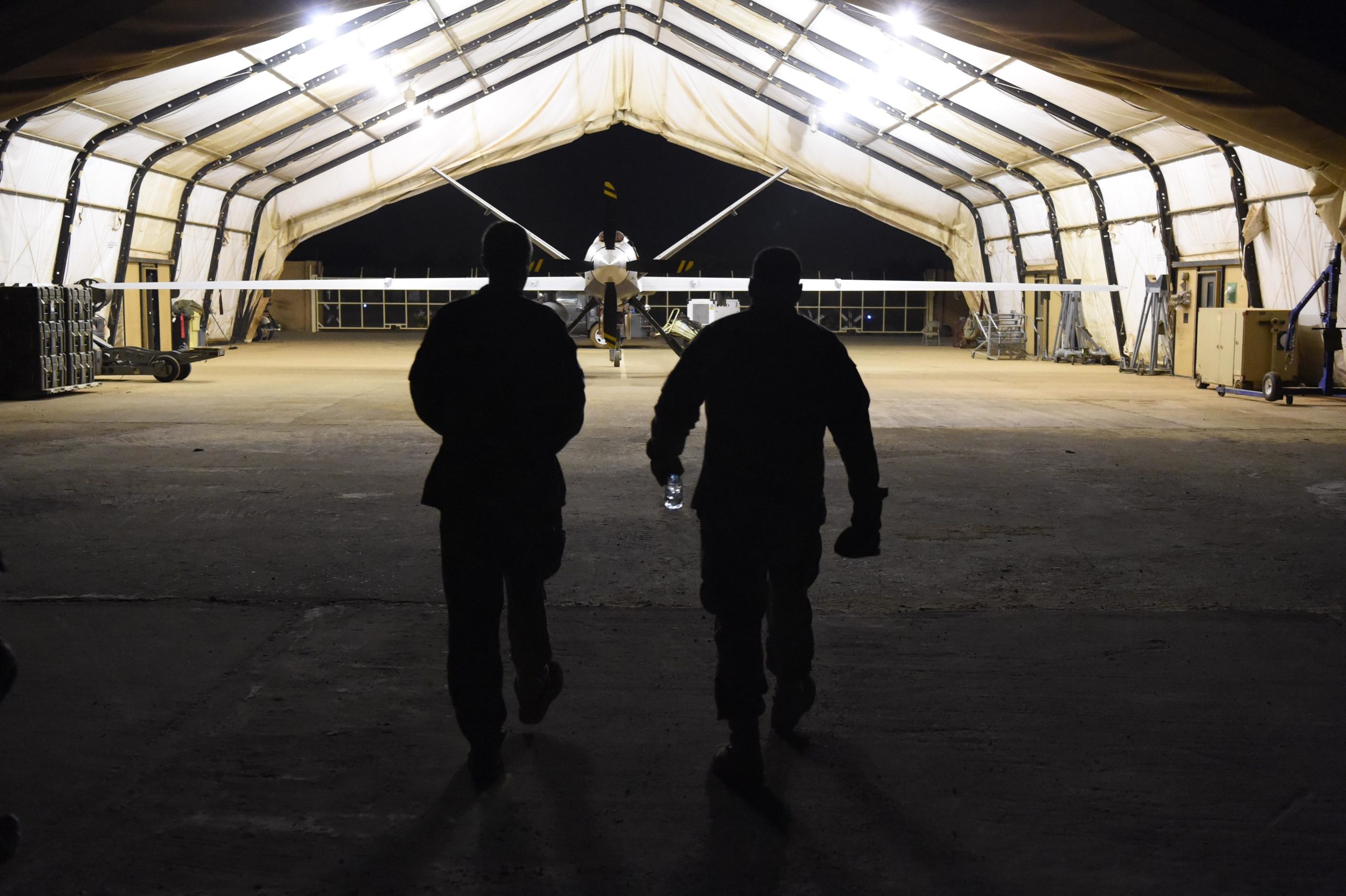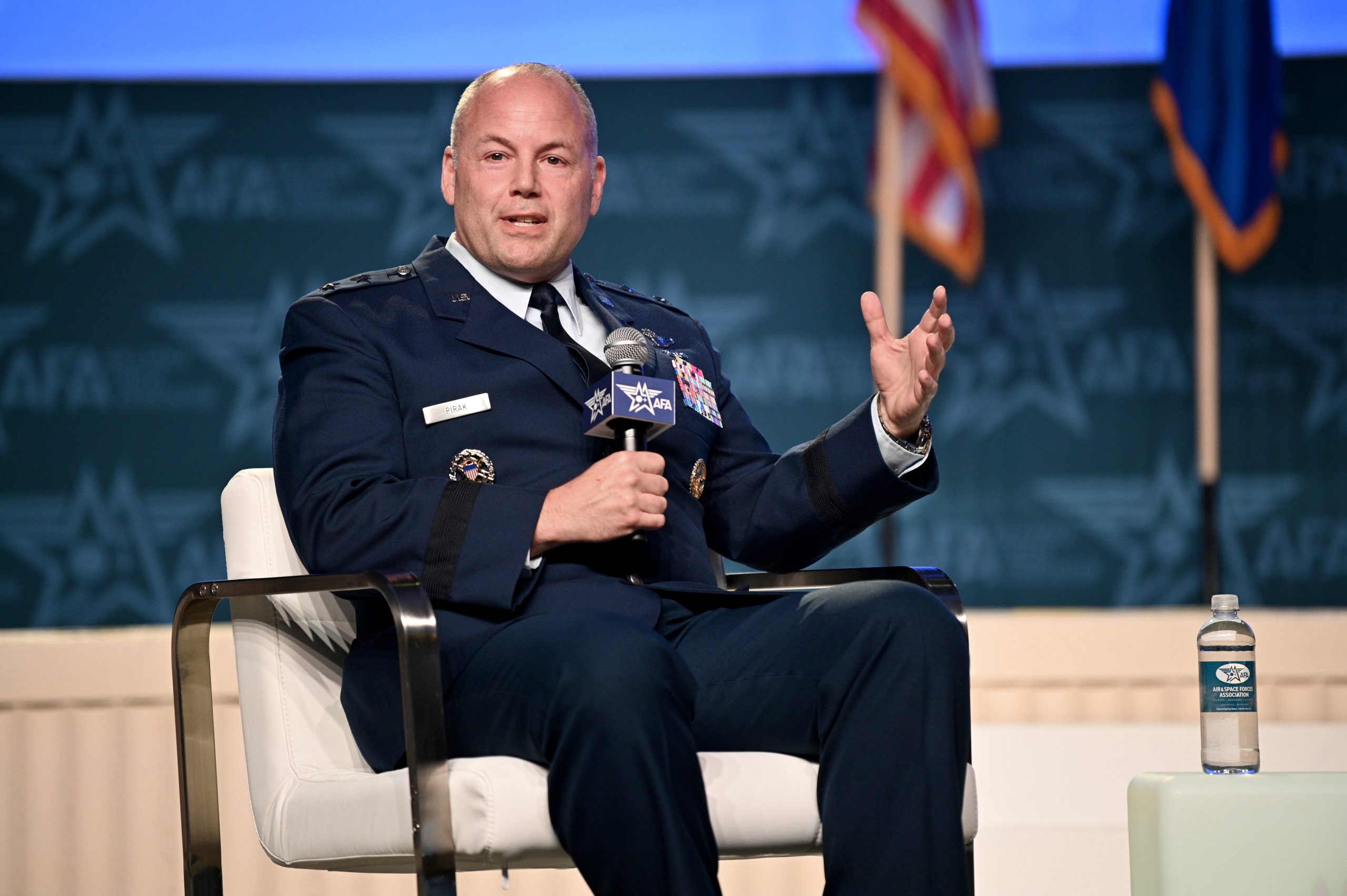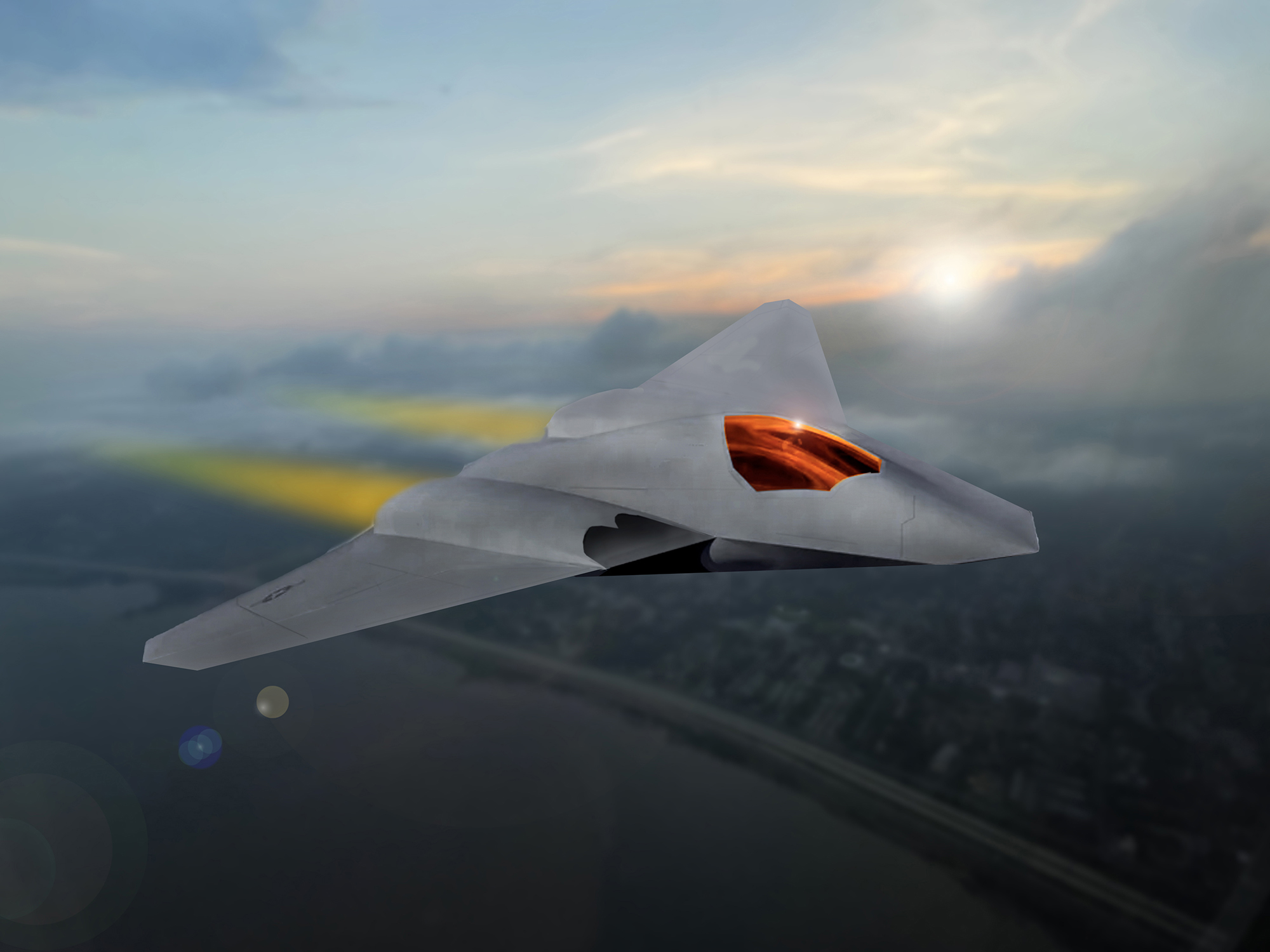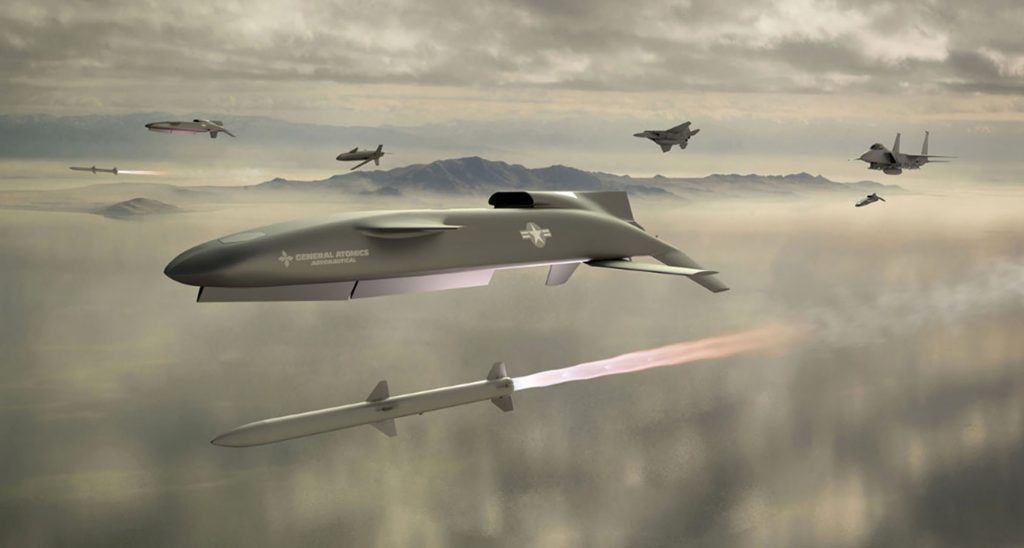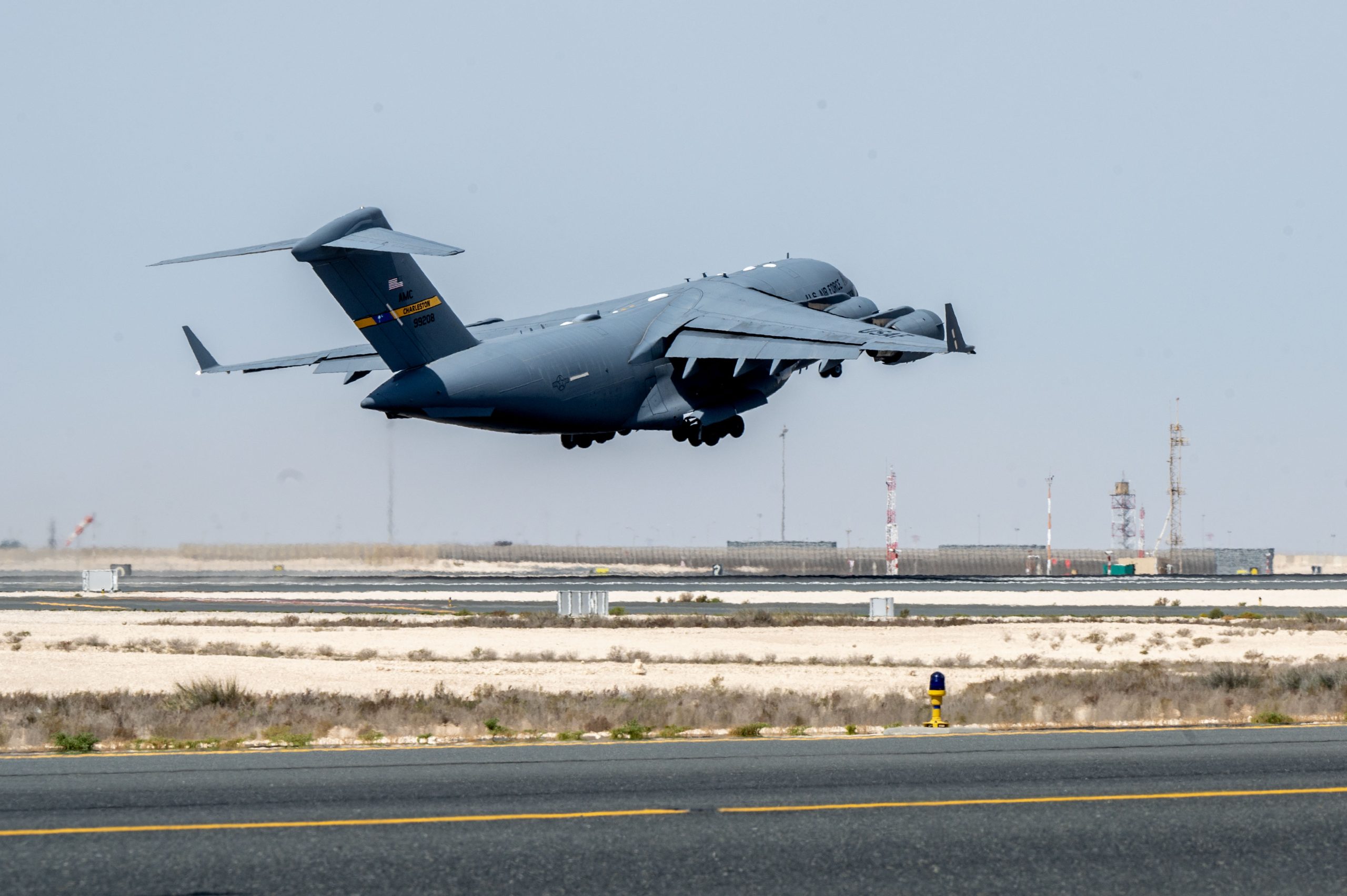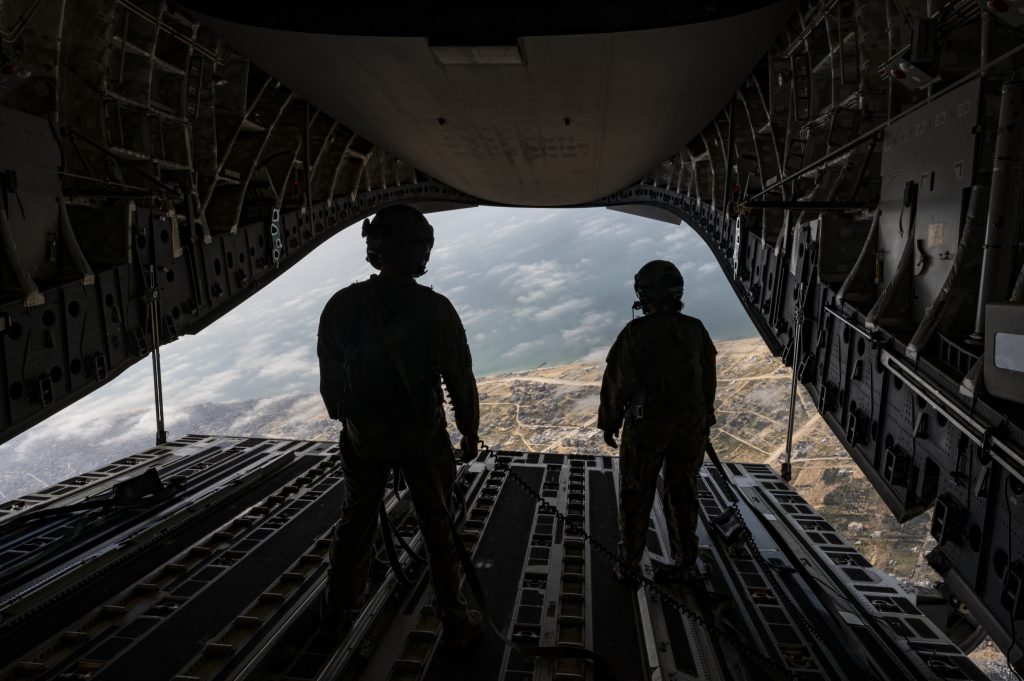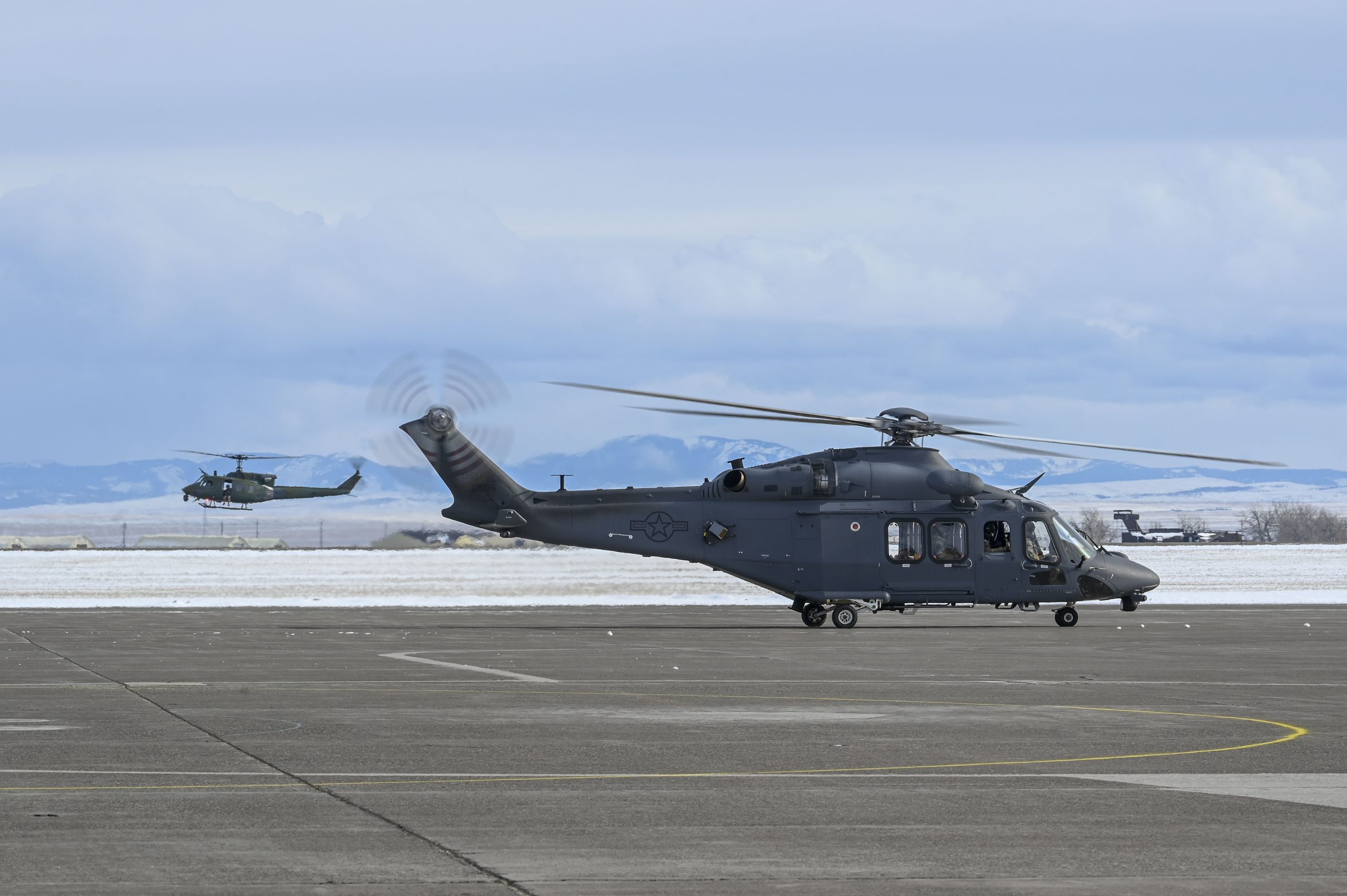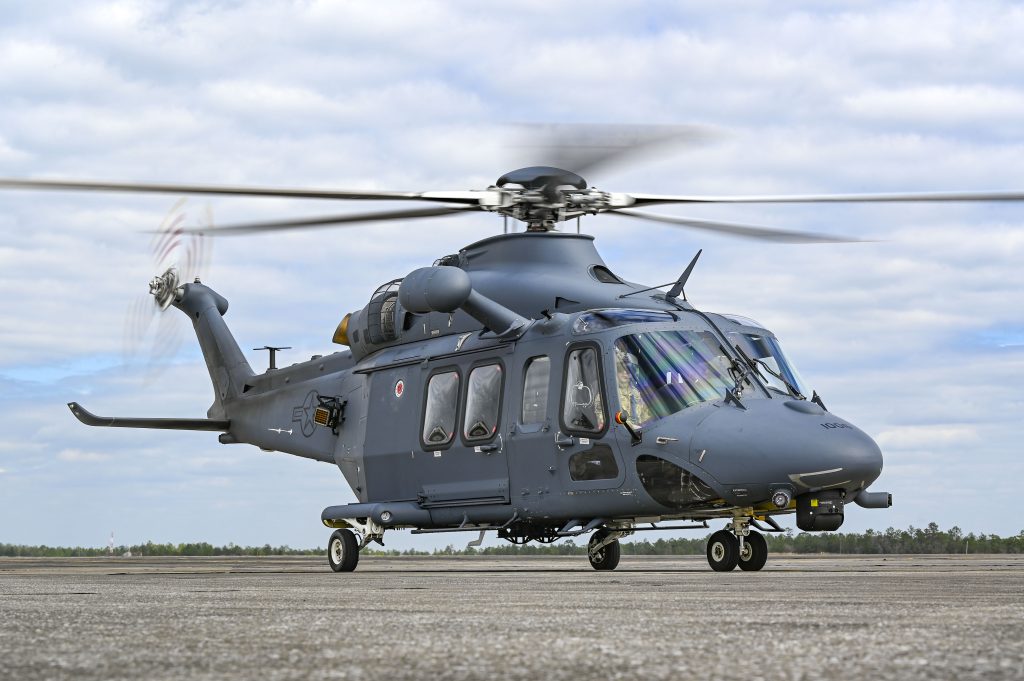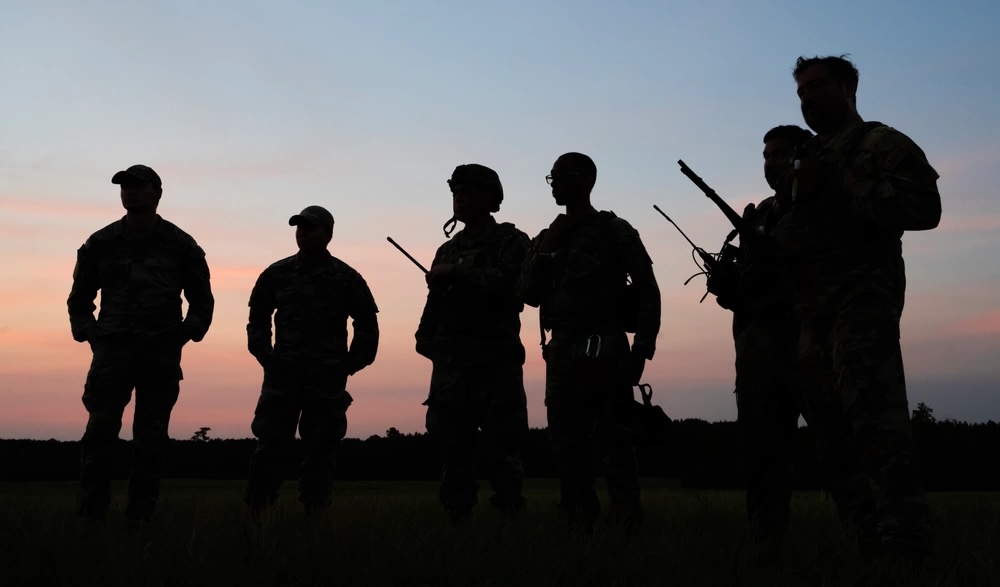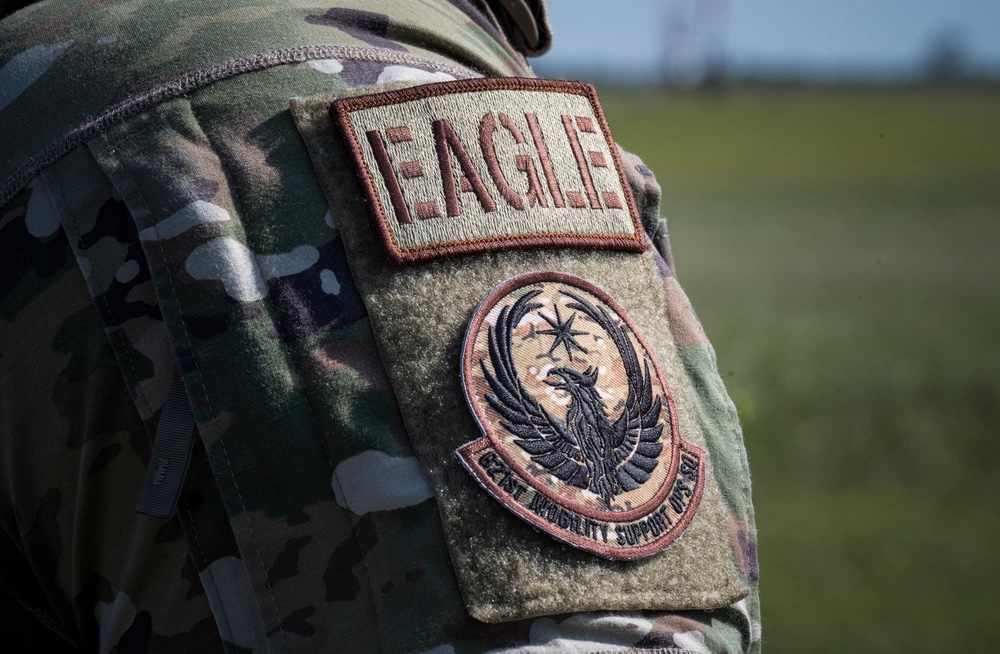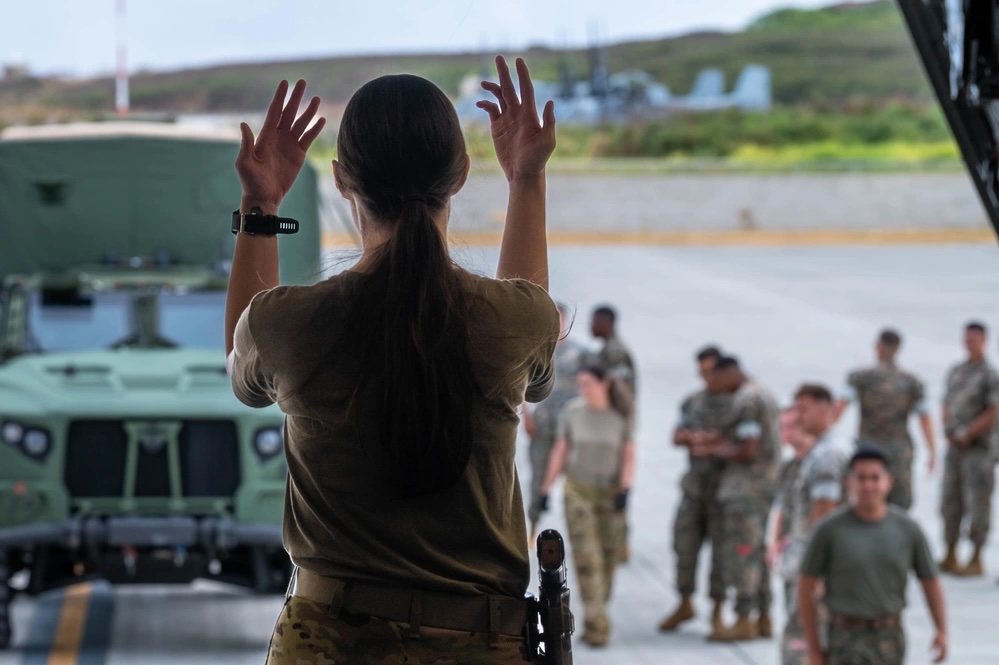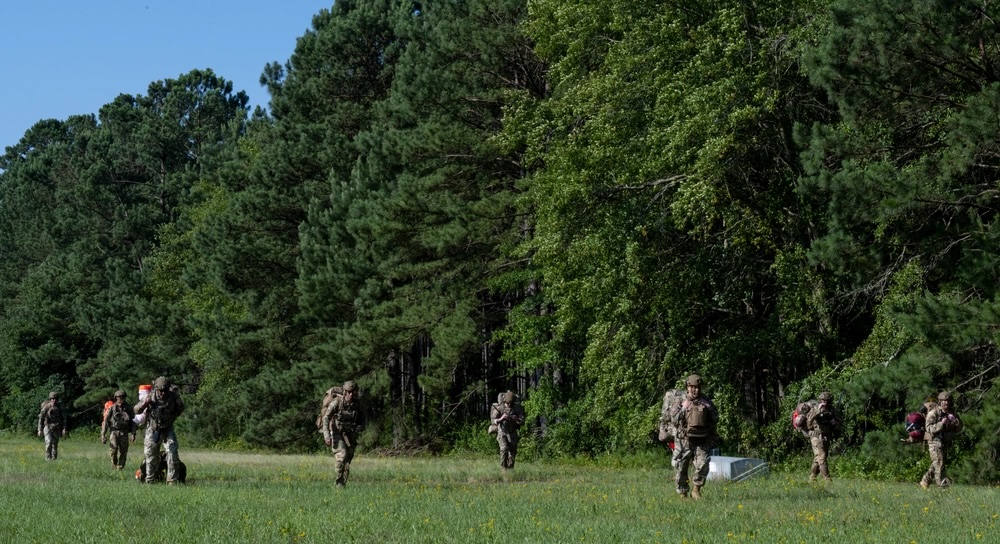A limited budget has led U.S. Special Operations Command to cut back on its planned purchase of Armed Overwatch, the rugged, lightweight, fixed-wing aircraft to support counterterrorism efforts in permissive airspace—at least for the rest of the decade.
The combatant command is trimming its planned purchases over the next five years of the Air Tractor-produced, L3Harris-modified OA-1K from 75 airframes to 62, according to SOCOM’s 2025 budget request released earlier this month. The 13-aircraft reduction marks a 17 percent cut. By year, the cuts are:
- 2025: From 15 to 12 aircraft
- 2026: From 17 to 11 aircraft
- 2027: From 15 to 11 aircraft
The cut in fiscal 2025 is “due to resource constraints,” the budget notes, and a Special Operations Command (SOCOM) spokesperson told Air & Space Forces Magazine the same issue was at play in the ’26 and ’27 decisions. The spokesperson added that the program requirement remains 75 aircraft, but it is not clear if or when SOCOM will be able to buy the additional aircraft.
The program came under scrutiny in late 2023 when the Government Accountability Office released a report suggesting SOCOM failed to fully justify its order for 75 OA-1Ks and urged the Pentagon to slow down the program until SOCOM makes a better business case for so many planes.
At the time, the Pentagon responded that it was analyzing its plans for the Armed Overwatch force structure. But the SOCOM spokesperson said the GAO report did not cause the command to cut its planned purchase.
“SOCOM’s FY25 budget request for Armed Overwatch is a resource-constrained position and is not a response to the GAO’s recommendations on the program,” the spokesperson said. “SOCOM is committed to addressing the GAO’s recommendation to review the Armed Overwatch force structure requirement and will complete that analysis prior to the next President’s budget request.”
While SOCOM is cutting back on its planned purchases, it is also pushing back on full-rate production for the aircraft, which is based on Air Tractor’s AT-802U Sky Warden. Previously, full-rate production was scheduled to begin in the second quarter of fiscal 2025. That timeline has been delayed a year.
Initial operational capability is still projected for the end of fiscal 2026, and full operational capability is still expected by the end of fiscal 2029.
Compared to previous budget projections, SOCOM will save nearly $300 million by buying 13 fewer aircraft—from $1.1 billion to $810.5 million. The average cost per airframe is now set at around $15.4 million, not counting non-recurring costs like initial spares and support equipment. By comparison, the Air Force says a U-28 Draco, one of the aircraft the OA-1K is supposed to replace, costs $16.5 million each.
Air Force and SOCOM leaders have said they want Armed Overwatch to “collapse the stack”—reducing the number of different intelligence, surveillance, and reconnaissance, light attack, and close air support aircraft it needs for counterinsurgency operations where the airspace is uncontested but the environment can be austere.
“Our methodology for supporting our forces on the ground over the last several decades has really boiled down to the development of what we call an ‘air stack’ over objective areas,” former AFSOC commander and current Vice Chief of Staff Gen. James C. “Jim” Slife told Congress in April 2022. “And so you’ll typically have single-role specialized platforms—AC-130s, A-10s, MQ-9s, U-28s—you have a stack of airplanes over an objective, each platform providing a niche capability to the force on the ground. That averages, in terms of cost per flying hour, over $150,000 an hour … to generate kind of the typical stack for that.”
The Air Force pursued the idea of combining many of those capabilities into one aircraft through its Light Attack/Armed Reconnaissance (LAAR) program starting in 2009, but the program eventually fell prey to budget cuts and congressional opposition. SOCOM took the lead in launching Armed Overwatch, which Slife has estimated will cost “something less than $10,000” per flying hour.
The Sky Warden that the OA-1K is based on is typically used as a crop duster and firefighter, but L3Harris is heavily modifying it and making it modular—capable of swapping out different sensors, communications equipment, and combat payloads as needed. SOCOM plans to invest several million dollars every year for the next five years in research and development for the program, “capitalizing on Armed Overwatch’s modular and open architecture to rapidly reconfigure platform capability tailored to support Special Operations ground force needs.”
The first aircraft was scheduled to be delivered in October 2023, but budget documents indicate that has been delayed until June 2024.
In the meantime, the Air Force has started making plans for OA-1K. The service is set to get rid of its small fleets of Textron’s AT-6s and Sierra Nevada Corp.’s A-29s that it bought as part of the LAAR program, and it wants to start retiring MC-12 Liberty aircraft in fiscal 2025. It also selected Will Rogers Air National Guard Base, Okla., to host the formal training unit for the OA-1K.
Editor’s Note: This story was updated March 20 to clarify the cost per airframe without non-recurring costs.
